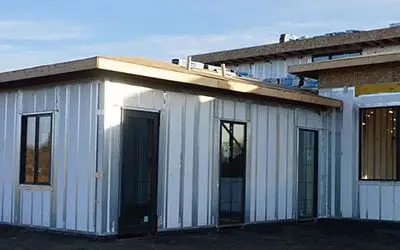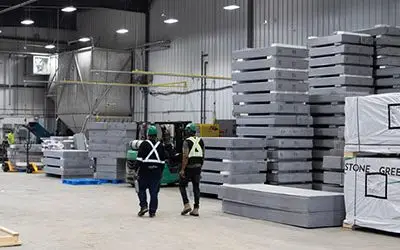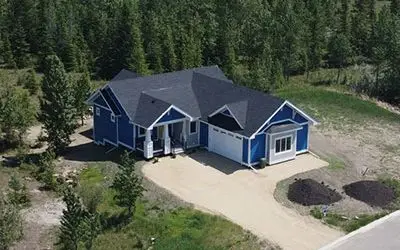You hear about it a lot — on the news, on social media, and still some of us might wonder what exactly a carbon footprint is or what we can do about it.
The term Carbon Footprint is defined by Wikipedia as the “total greenhouse gas emissions caused by an individual, event, organization, service, place or product, expressed as carbon dioxide equivalent”. Essentially, it’s a way to measure the number of harmful emissions that are produced by different sources.
The majority of carbon-containing greenhouse gases (carbon dioxide and methane gas) are usually produced and emitted by burning fossil fuels, removing oxygen-producing trees and vegetation, the use of vehicles, manufacturing of materials and food, and other such services.
The world and its inhabitants naturally produce carbon dioxide, but with its growing population and the increased burning of fossil fuels, we as humans have contributed a substantial amount of CO2 and methane gases into our ecosystem. This is heavily impacting our environment.
This is a global issue and will require some large-scale adjustments if we want to make significant change. But what can we do on a smaller, more attainable, personal level? Here are some things you can do right now to help reduce the size of your own carbon footprint!
Recycle. One of the quickest and easiest ways to start reducing your carbon footprint is to recycle! Recycling is the processing of materials that are turned into new products, instead of being thrown out. According to Prachi Patel, a freelance journalist specializing in energy and material science, “recycling might be the most straightforward way to cut emissions. Recycling all plastic waste would reduce carbon dioxide equivalent emissions to 4.9 gigatons in 2050, or 25% from business-as-usual emissions”. If you haven’t already started, a simple first step would be to get a few blue recycling containers to house your recyclables. Before you throw something out, check the packaging for the recyclable label to ensure you are only sorting out materials that can be recycled.
Reduce waste. Canadians generate approximately 31 million tonnes of garbage a year while only recycling 30% of the material. Resulting in each Canadian approximately generating 5.9 lbs of garbage per day [source]. That is a lot of waste that we are producing to the point that our planet cannot possibly sustain it. By reducing our waste, we can help protect our environment so that generations after us can prosper. Here are a few things you can do to help reduce waste:
- Use a reusable bottle/coffee cup for beverages on-the-go.
- Use reusable grocery bags.
- Avoid single-use food/drink containers and utensils.
- Curb your use of paper: mail, receipts, magazines.
Choose products that are environmentally friendly. Being aware of the products you put in your home and their everyday use will play a big part in reducing your carbon footprint. Whether it be using stainless steel reusable water bottles or mugs, or switching all your light fixtures to LED bulbs, you will find investing in eco-friendly products can not only benefit the environment, but you and your family as well!
Build it green. If you are a general contractor or developer planning a new development, or a homeowner looking to renovate or build new, constructing your next project using an energy efficient material like the ICE Panel can significantly reduce your heating and air conditioning, further reducing your carbon footprint.
ICE Panels greatly contribute to energy efficiency success, achieving 26% greater energy efficiency than traditional new builds. With high energy performance and great indoor air quality, the ICE Panel building envelope provides a draft-free environment and reduces overall energy costs for its occupants, thus reducing the size of your carbon footprint!
Choosing to build with energy efficient composite building products like the ICE Panels also reduces the strain on natural resources. Lumber is one of the largest natural resources in the world, and while it is a renewable resource, building with ICE Panels in tandem with minimal lumber, facilitates a decrease in deforestation.
As the keepers of our planet, it is our responsibility to do our part in preserving the plant, and to provide a healthy environment for future generations to enjoy. It’s a big undertaking but making small adjustments to our everyday lives can help make a huge difference.
If you are interested in learning more about the ICE Panel and how it benefits our environment, contact our sales team at sales@gsbp.ca.



